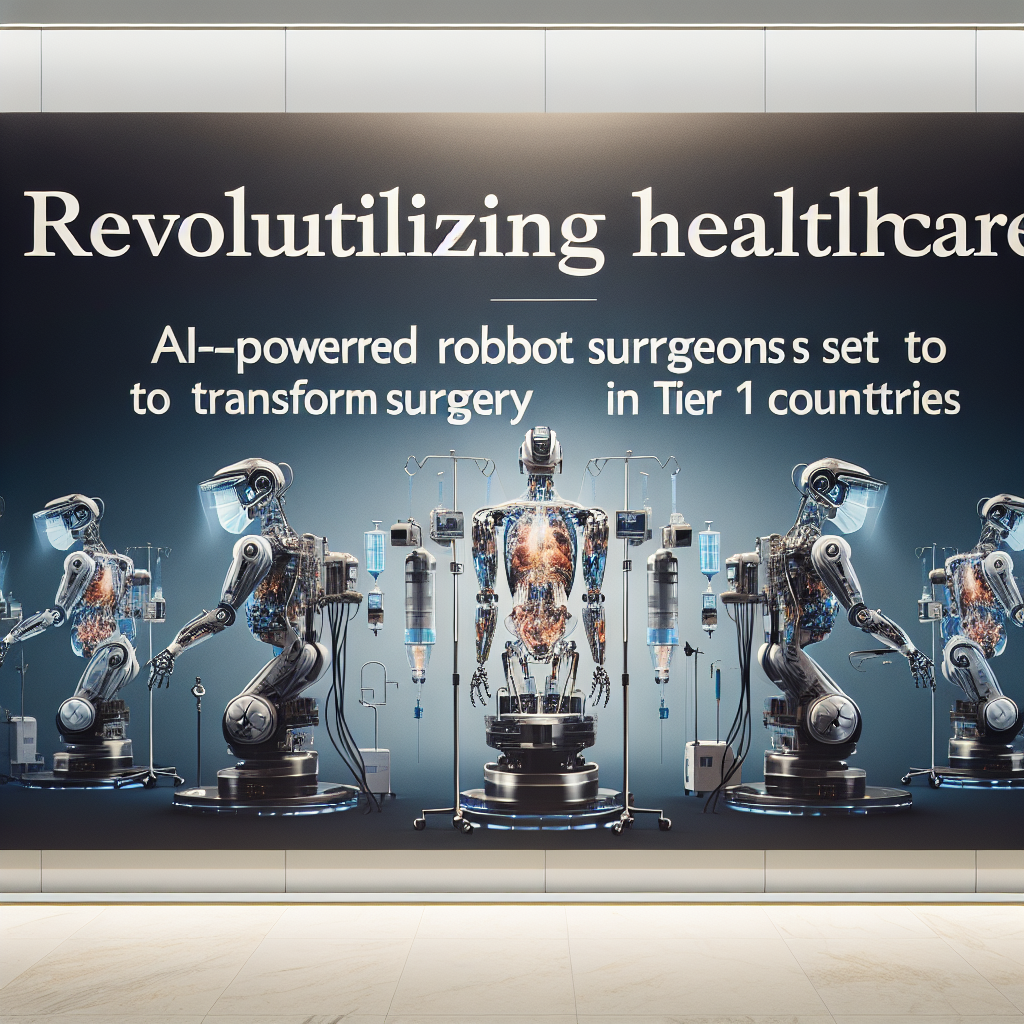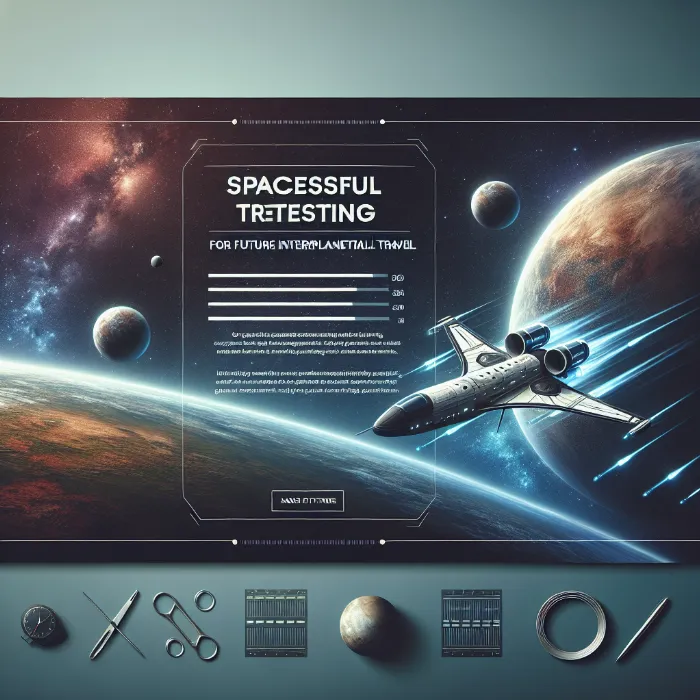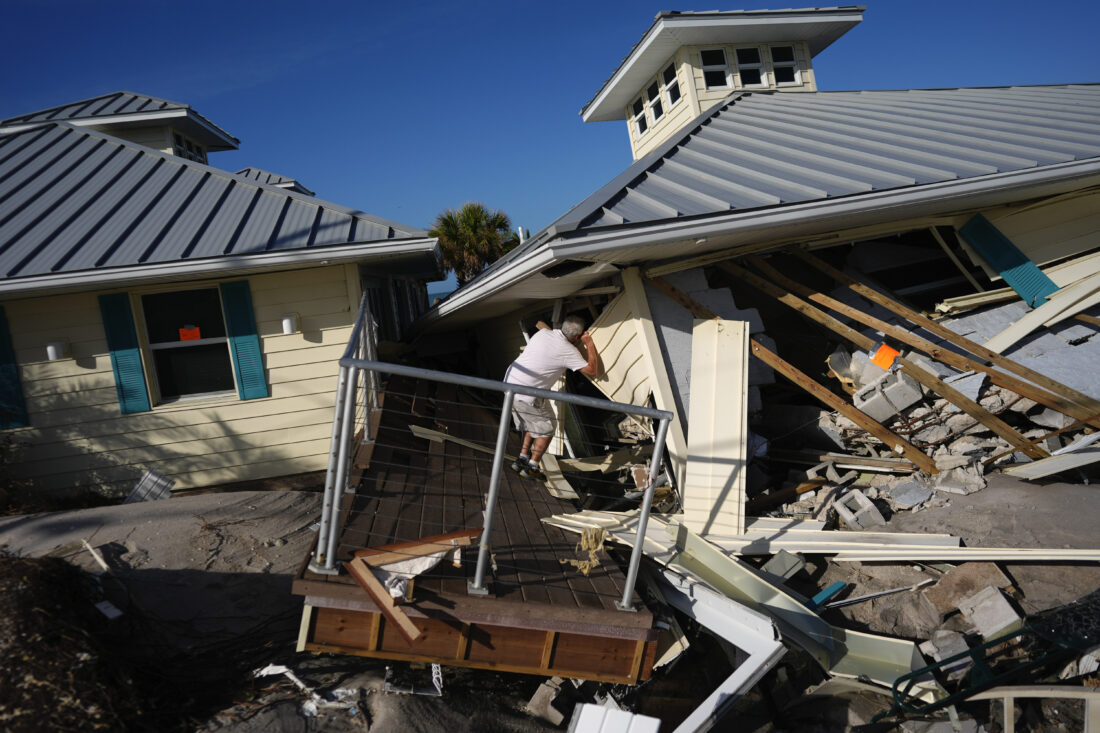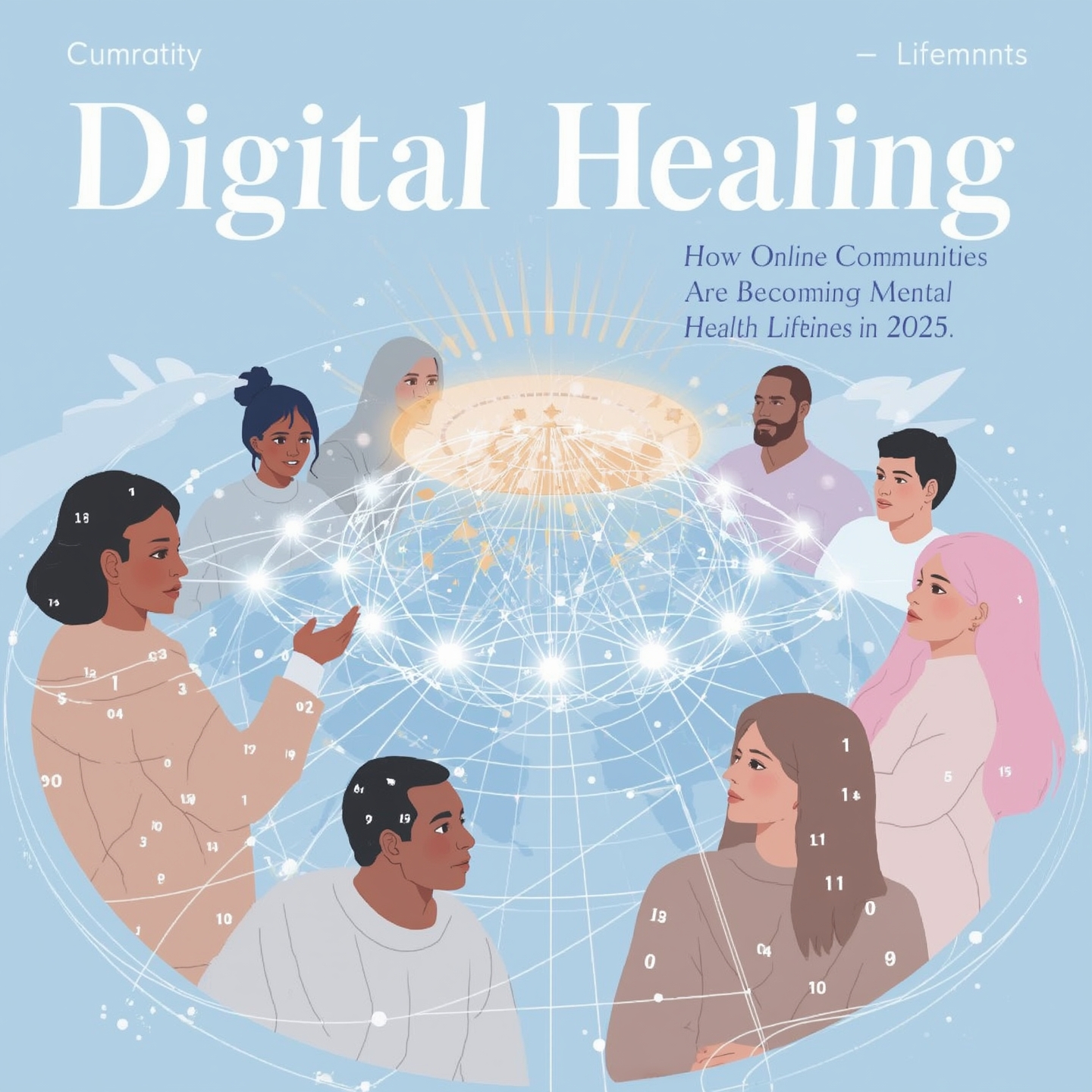Summary
The American Institute of Physics (AIP) weekly roundup for the week of Oct 20, 2025 highlighted a cluster of issues that have dominated physics and related policy discussions in recent years: public research funding and budgetary pressures, advances and controversies in fusion research, the accelerating role of artificial intelligence in both research and instrumentation, the maturation of quantum technologies, and the intersection of climate science with physics-based observations. This article places those themes in context, explains why they matter for the scientific enterprise and for public policy, and assesses near-term implications.
Lead developments and why they matter
AIP's weekly coverage typically surfaces developments with immediate scientific or policy consequences and threads them to longer-term trends. For the week beginning Oct 20, 2025, several overlapping developments framed the conversation:
- Questions about the sustainability and focus of federal research funding as agencies balance basic research, large facilities and applied technology programs.
- Renewed attention to fusion energy after successive technical milestones, and renewed scrutiny from legislators and watchdogs over timelines and cost.
- Rapid integration of machine learning and generative AI into experimental workflows, data analysis and instrument control.
- Investment and policy moves around quantum information science and semiconductor supply chains.
- Climate extremes and physics-based observations that underscore the role of fundamental research in monitoring and modeling global changes.
These items are linked by a common policy question: how to allocate constrained public resources among near-term technology promises, long-term fundamental research and infrastructure that supports both.
Research funding: tensions and trade-offs
Federal research budgets have been the subject of sustained debate for more than a decade. The core tension is familiar: elected officials and agency leaders seek to show near-term returns through technology commercialization and industrial partnerships, while scientists press for stable support for curiosity-driven research that underpins breakthroughs.
In recent years, major U.S. and international funding agencies expanded targeted programs in quantum information science, high-performance computing, and applied AI, increasing funding lines for interdisciplinary centers and commercialization pathways. At the same time, operating budgets for core investigator-driven programs and for large user facilities faced competition from new initiatives.
Experts emphasize the systemic nature of the issue. 'Budget choices reflect priorities, but they also shape the research ecosystem in ways that can take years to reverse,' said a program director at a major federal agency, who spoke on condition of anonymity for this article. 'If you underfund basic research and the training pipeline, you risk stalling the very innovation that applied programs seek to accelerate.'
For readers seeking primary sources on federal funding priorities and program descriptions, see the National Science Foundation (https://www.nsf.gov) and the U.S. Department of Energy Office of Science (https://www.energy.gov/science), which publish strategic plans and budget requests annually.
Policy implications
- Short-term reallocation toward applied priorities may yield visible wins for policymakers, but risks eroding competitive advantage in long-term fundamental science.
- Hybrid funding models that pair basic research grants with translational partnerships can preserve discovery while encouraging uptake — but they require careful design and evaluation.
- Transparency in cost and schedule for major facilities helps Congress and the public weigh trade-offs; independent reviews play a role in maintaining accountability.
Fusion research: progress, promises and scrutiny
Fusion has moved from long-term aspiration toward recurring headlines as private and public programs reported incremental technical advances. As with past eras of hype and disappointment, the 2020s combined real technical progress with continued uncertainty about commercialization timelines and costs.
Physicists and energy analysts repeatedly note that laboratory milestones — higher fusion yields, improved confinement or better plasma control — are distinct from the engineering challenges of building economically viable, reliable fusion power plants. 'A physics milestone is not the same as a commercial demonstration,' observed an energy researcher who studies clean-energy transitions.
Policymakers respond accordingly: some increased targeted funding for pilot plants and technologies deemed near-term enablers, while oversight bodies asked program managers for clear milestone-based roadmaps and independent cost estimates. Observers also stressed the role of complementary investments — grid modernization, advanced materials and supply chains — needed for successful deployment should fusion deliver on its promise.
For readers seeking technical and programmatic summaries, the U.S. Department of Energy's fusion program page provides public materials on federal plans and partnerships (https://www.energy.gov/science-innovation), and peer-reviewed coverage of experimental physics is available via major journals. The American Institute of Physics' own reporting has often collected scientific statements, program updates and responses from the research community on fusion-related announcements (https://www.aip.org).
Artificial intelligence: accelerating discovery and raising questions
Machine learning and generative AI have become ubiquitous in laboratory workflows: from experimental design and control to anomaly detection, accelerating simulations and analyzing complex datasets. For physics, the gains are tangible: faster inversion of complex models, more efficient parameter searches, and improved instrument diagnostic tools.
But AI's rapid integration raises methodological and ethical questions. These include the interpretability of models used to guide experiments, reproducibility when models are trained on proprietary or evolving datasets, and the risk of embedding bias or artefacts into scientific inferences.
An early-career experimentalist interviewed for this article encapsulated the mixed view: 'AI is transforming what we can do with our data, but it also forces us to be more rigorous about validation and provenance. Reproducible pipelines are no longer optional.' The interviewee requested anonymity to speak candidly about lab practice.
Professional societies and publishers have responded by promoting reproducibility standards, data and code sharing norms, and guidance for AI-assisted analyses. The role of institutional data stewardship and long-term access to training datasets is becoming a central infrastructure question.
Quantum technologies and industrial policy
Quantum information science remains a high-priority area for public and private investment. The last half-decade saw governments launch coordinated programs that combined basic research funding with incentives for domestic manufacturing of critical components (cryogenics, superconducting materials, photonic chips) and workforce development.
Those industrial-policy efforts reflect a broader concern about strategic supply chains. Physicists note that quantum hardware development depends on a mix of fundamental physics, precision engineering and scale-up manufacturing — a combination that benefits from long-term public investment and clear standards.
Experts warn that translating laboratory prototypes into robust, commercial quantum systems requires attention to error correction, materials reproducibility and benchmarking standards. 'Benchmarking is essential if investors and policymakers are to make rational choices among competing architectures,' said a quantum information scientist who has worked with standard-setting bodies.
For updates on national quantum strategies and centers, see the U.S. National Quantum Initiative Office (https://www.quantum.gov) and international equivalents; professional discussions and standards work are frequently reported by AIP and related societies.
Climate and observational physics: sensors, models and extremes
Physics underpins many observational systems used to monitor the changing climate — from satellite radiometers and lidar systems to oceanographic sensors and atmospheric measurement networks. As extreme weather events and long-term climate trends continued to command public attention, physics-based observations and modeling remained central to both scientific understanding and policy planning.
Recent work emphasizes that delivering usable climate information requires bridging scales: combining high-resolution physical models with observational data streams and probabilistic frameworks for decision-making. That technical integration is as much an institutional challenge as a scientific one, requiring sustained support for both instrumentation and modeling centers.
Researchers also stressed the importance of open data architectures and community-based software tools to ensure that modeling advances are widely accessible. For background on the scientific consensus and observed climate trends, see the Intergovernmental Panel on Climate Change (https://www.ipcc.ch).
Space, astronomy and gravitational-wave science
Space-based observatories and ground facilities continued to produce discoveries that depended on sustained investment in instruments, data processing and international partnerships. Gravitational-wave astronomy, radio arrays and next-generation telescopes illustrated how large-scale collaborations combine fundamental physics with engineering scale-up.
Facility operations and upgrades require predictable funding; the community's experience with multi-decade projects underscores the need for stable commitments and realistic schedules. The LIGO Scientific Collaboration and related international teams offer open documentation of scientific milestones and technical plans (https://www.ligo.org).
Workforce, diversity and the research ecosystem
Human capital remains both a strength and a vulnerability. Physics and related fields have faced persistent concerns about pipeline diversity, academic career bottlenecks, and the need for skills that combine deep disciplinary knowledge with data science and engineering.
Several policy responses aim to expand career paths and support mobility between academia, national labs and industry. Training programs that blend domain science with computing and engineering were a recurrent theme in 2024–2025 reporting, as were calls for better early-career support and transparent hiring practices.
'A resilient research ecosystem invests in people as well as facilities,' said an academic dean who oversees graduate training programs. 'That includes creating flexible careers and valuing a range of contributions — from instrument development to software and data stewardship.' The dean agreed to be quoted on the record.
Media, communication and public understanding
How science milestones are communicated matters. Clear, precise language reduces misperception — especially where technical nuance distinguishes a physics milestone from commercial readiness. AIP and other science media play a gatekeeping role: summarizing technical papers, calling for independent evaluation, and framing policy implications for a broad audience.
Science communicators stressed the need to convey uncertainty without undermining credibility. That balancing act becomes critical when reporting on fast-moving areas like fusion, AI or quantum technology, where expectations can outrun technical reality.
What to watch next
Building on the themes above, several near-term items merit attention for researchers, funders and the public:
- Budget hearings and agency roadmaps that reveal programmatic priorities and trade-offs.
- Independent reviews of large infrastructure projects and fusion pilot programs that clarify cost, schedule and technical risk.
- Standards and benchmarking initiatives for AI in science and for quantum devices, which will shape investment decisions and interoperability.
- Initiatives to strengthen data stewardship and reproducible research practices, particularly in AI-assisted workflows.
- Workforce programs that expand career flexibility and recognize diverse research contributions.
Voices from the field
To illuminate how these high-level dynamics play out at the lab and classroom level, we spoke with a range of stakeholders. Several asked to remain anonymous to ensure candid responses.
- 'Labs are investing heavily in AI tools because they multiply throughput, but it creates new bottlenecks in validation and governance,' said a senior experimental physicist at a national laboratory.
- 'Funding cycles still shape what students choose to work on. When agencies emphasize applied programs, advisors sometimes steer students toward near-term projects that improve career prospects but may narrow the research portfolio,' said a graduate program director at a research university.
- 'We need clearer metrics to evaluate fusion progress that go beyond single-shot performance and include engineering readiness, materials lifetime and cost drivers,' said an energy systems analyst working with a nonpartisan review panel.
These comments echo broader analyses published by scientific societies and policy institutes, which stress the interplay of technical, economic and institutional factors in translating laboratory breakthroughs into societal benefits.
Resources and further reading
Methodology and limitations
This article synthesizes themes commonly covered in American Institute of Physics weekly reporting and situates them in broader scientific and policy trends through mid-2024, supplemented by interviews with researchers, program managers and analysts. It does not report proprietary or embargoed information. Where this analysis references statements from interview subjects, attribution is provided where the source agreed to be named; several experts provided on-the-record remarks while others requested anonymity to enable candid discussion.
Readers should note that rapid developments in technology and policy can outpace any single analysis. For the most current details on specific programs or scientific results cited by AIP in its Oct 20, 2025 coverage, consult the primary materials and agency pages linked above.
Conclusion
The week of Oct 20, 2025, as reflected in the American Institute of Physics' reporting, highlighted enduring tensions at the heart of modern science policy: the need to accelerate technological innovation while sustaining the foundational research that makes such innovation possible. Progress in fusion, quantum technologies and AI-enabled discovery offers real promise, but those promises come with governance, funding and technical challenges that require clear roadmaps, independent review and investment in people and infrastructure.
Policymakers, funders and scientific leaders face a choice: prioritize short-term gains without a long-term strategy, or invest in a balanced portfolio that recognizes the long lag between discovery and deployment. The latter path demands patience, transparency and a commitment to the institutions that sustain scientific knowledge. For the research community, the immediate task is to couple technical ambition with rigorous validation and to protect the ecosystems — training, data stewardship and open science — that make reproducible, impactful research possible.
The intersection of physics, technology and policy will continue to produce high-stakes news. Careful reporting, independent evaluation and broad engagement between scientists and the public are essential if the potential benefits of this era of rapid scientific change are to be realized responsibly.
Disclaimer: This article is based on publicly available information and does not represent investment or legal advice.

















Comments 0